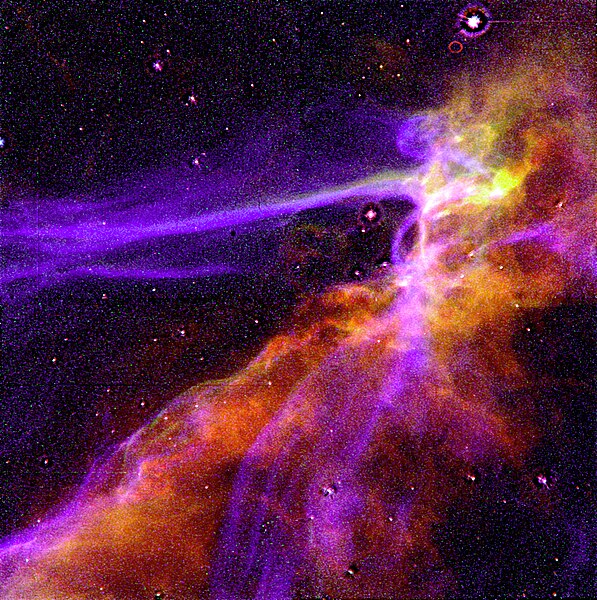Fail:Cygnus Loop Supernova Blast Wave - GPN-2000-000992.jpg

Saiz pralihat ini: 597 × 600 piksel. Leraian-leraian lain: 239 × 240 piksel | 478 × 480 piksel | 764 × 768 piksel | 1,019 × 1,024 piksel | 1,519 × 1,526 piksel.
Fail asli (1,519 × 1,526 piksel, saiz fail: 3.67 MB, jenis MIME: image/jpeg)
Sejarah fail
Klik pada tarikh/waktu untuk melihat rupa fail tersebut pada waktu itu.
| Tarikh/Waktu | Gambar kenit | Ukuran | Pengguna | Komen | |
|---|---|---|---|---|---|
| semasa | 01:18, 9 April 2009 |  | 1,519 × 1,526 (3.67 MB) | BotMultichillT | {{Information |Description={{en|1=This is an image of a small portion of the Cygnus Loop supernova remnant, which marks the edge of a bubble-like, expanding blast wave from a colossal stellar explosion, occurring about 15,000 years ago. The HST image sh |
Penggunaan fail
Laman berikut menggunakan fail ini:
Penggunaan fail sejagat
Fail ini digunakan oleh wiki-wiki lain yang berikut:
- Penggunaan di ar.wikipedia.org
- Penggunaan di ceb.wikipedia.org
- Penggunaan di en.wikipedia.org
- Penggunaan di es.wikipedia.org
- Penggunaan di eu.wikipedia.org
- Penggunaan di fj.wikipedia.org
- Penggunaan di fo.wikipedia.org
- Penggunaan di gn.wikipedia.org
- Penggunaan di mk.wikipedia.org
- Penggunaan di simple.wikipedia.org
- Penggunaan di sq.wikipedia.org
- Penggunaan di uk.wikipedia.org
- Penggunaan di zh.wikipedia.org

